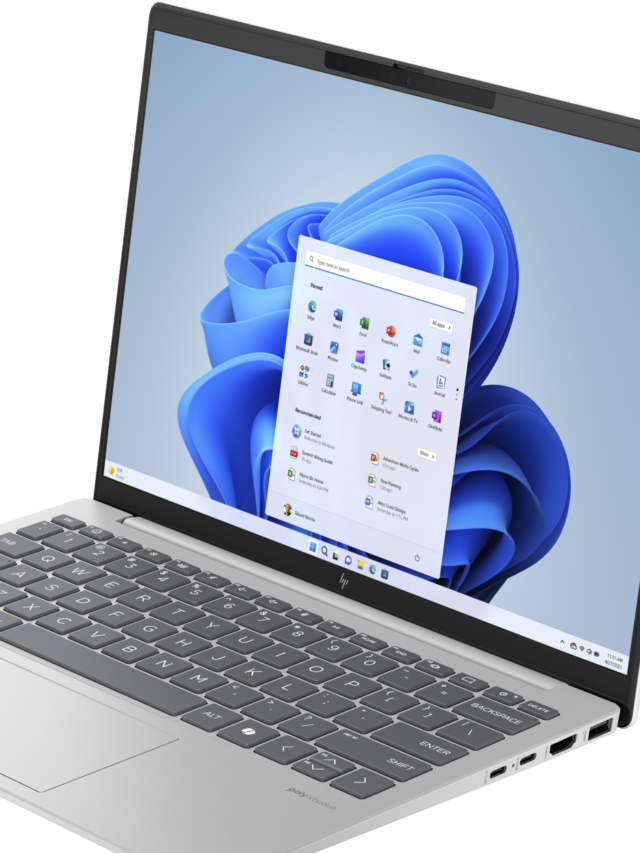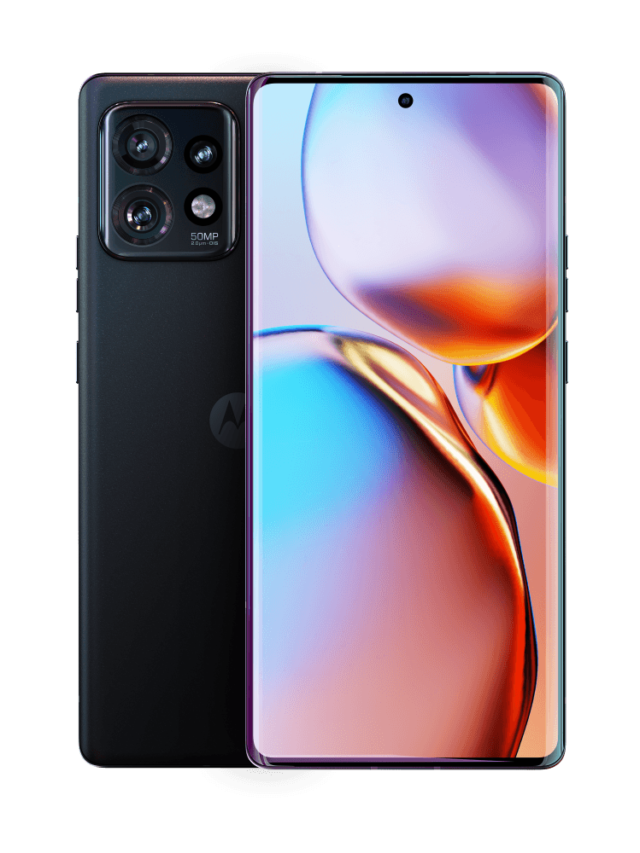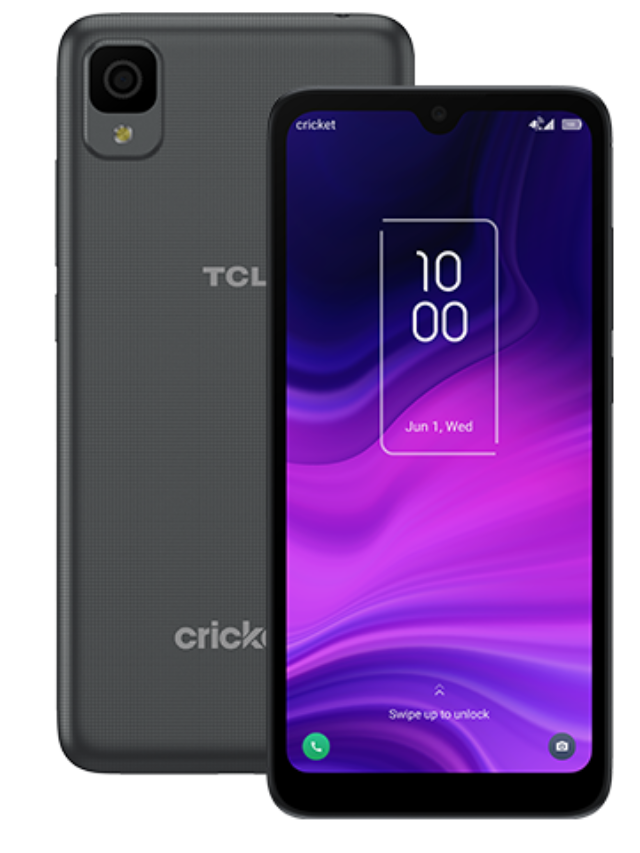Google scans photos uploaded to its Google Photos service. Users express concerns about privacy. The scan analyzes photo content. It aims to improve user experience. It also generates data for targeted advertising. Users can disable the scan. A specific setting within Google Photos controls this feature. The setting, labeled “Face Grouping,” directly impacts the scanning process.
The scan identifies faces. It groups similar faces together. This allows users to search photos by person. It also creates automatic albums of specific individuals. The system relies on advanced machine learning. It analyzes facial features. It builds a database of recognized faces. This data contributes to Google’s broader data collection.
Concerns center on the scope of data collected. Users question the security of personal photos. They worry about the use of facial recognition technology. Data collected can be used for various purposes. It can personalize ads. It can improve other Google services. The potential for misuse exists. This fuels user apprehension.
The “Face Grouping” setting offers user control. Users can disable facial recognition. They can prevent Google from grouping faces. This action limits the scope of the photo scan. It reduces the amount of personal data collected. The setting is located within the Google Photos app. It requires users to navigate to settings. Then, they must locate the privacy section.
The scan extends beyond facial recognition. It analyzes objects and scenes. It identifies landmarks and locations. This allows for search by keyword. Users can search for “beach” or “dog.” The system identifies relevant photos. This functionality relies on image analysis. This process generates data. This data is used by Google.
Data privacy experts point to the complexity of data control. Users may not understand the implications of settings. They may not know how to disable data collection. The default settings often enable data collection. This places the burden on users to actively opt out.
Google maintains that the scan improves user experience. It allows for better photo organization. It enables powerful search features. Google states that user data is protected. It adheres to strict privacy policies. However, the sheer volume of data collected raises concerns.
The scan operates on uploaded photos. Photos backed up to Google Photos are subject to analysis. This includes photos taken on smartphones. It includes photos uploaded from computers. Users must understand the implications of cloud storage.
The company’s terms of service outline data collection practices. However, these documents are often complex. Users may not fully comprehend the extent of data collection. Transparency is a key issue. Users demand clearer explanations. They need simpler controls.
The issue of facial recognition technology is not unique to Google. Other tech companies use similar systems. Lawmakers and regulators are beginning to address these concerns. They are developing guidelines for facial recognition. They are focusing on data privacy.
Users are advised to review their Google Photos settings. They should understand the implications of “Face Grouping.” They should consider disabling the feature if they have privacy concerns. This action provides a degree of control. It limits data collection.
The debate over data privacy continues. Users demand greater transparency. Companies must balance user experience with privacy rights. Clear and simple controls are essential. Users need to be empowered to manage their data.

















Add Comment